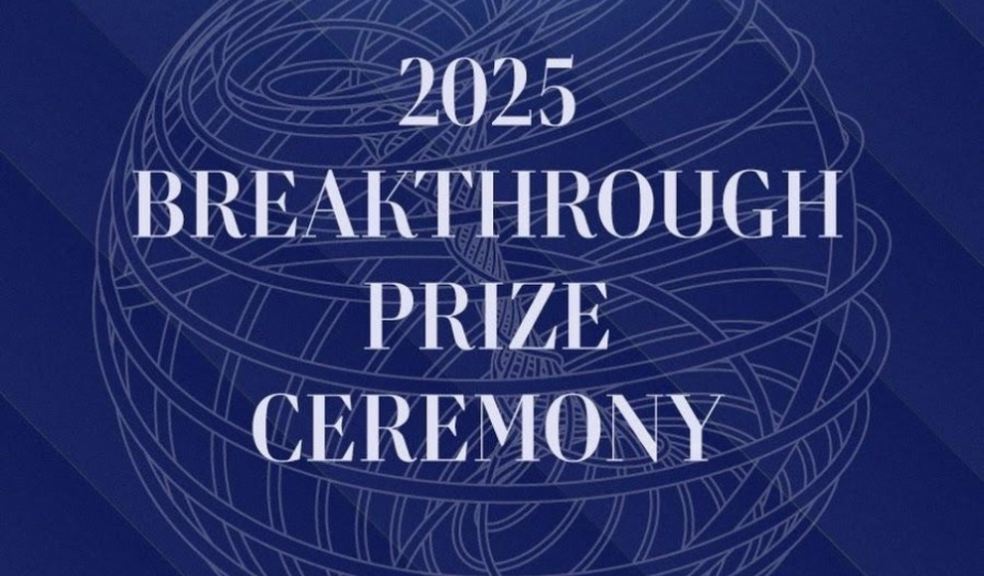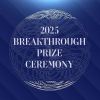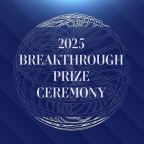
The Science Behind the Spectacle: Understanding the 2025 Prize-Winning Discoveries
While the glitz and glamour of the Breakthrough Prize ceremony captivates public attention, the scientific achievements being celebrated represent truly revolutionary advances in human knowledge. The 2025 ceremony, held at Santa Monica's Barker Hangar on April 5, honored researchers whose work is transforming our understanding of life, physics, and mathematics in ways that will shape humanity's future for generations to come.
Life-Changing Medical Breakthroughs
Three Breakthrough Prizes in Life Sciences recognized achievements with profound implications for human health. The first went to Daniel J. Drucker, Joel Habener, Jens Juul Holst, Lotte Bjerre Knudsen, and Svetlana Mojsov for their complementary contributions leading to GLP-1 medicines now transforming the treatment of diabetes and obesity—conditions affecting hundreds of millions worldwide.
Their collective work mapped the complete journey from basic hormone discovery through physiological understanding to pharmaceutical development. The resulting medications represent a breakthrough in addressing metabolic diseases that constitute major public health challenges globally.
Stephen L. Hauser and Alberto Ascherio shared another Life Sciences prize for revolutionizing our understanding and treatment of multiple sclerosis (MS). Hauser overturned the scientific consensus on MS mechanisms by identifying B cells as the primary drivers of nerve damage, leading to transformative B cell-depleting therapies. Meanwhile, Ascherio discovered that infection with the Epstein-Barr virus raises the risk of developing MS by a factor of 32—potentially opening the door to preventative vaccines.
The third Life Sciences prize went to David R. Liu for developing gene-editing technologies that correct mutations without cutting the DNA double helix. His lab's base editing and prime editing approaches have already shown life-saving potential in clinical trials for conditions ranging from sickle cell disease to high cholesterol, representing a revolutionary advance in treating genetic diseases at their source.
Pushing the Boundaries of Physics
The Breakthrough Prize in Fundamental Physics made history by recognizing over 13,000 researchers representing four experimental collaborations at CERN's Large Hadron Collider (LHC). This unprecedented acknowledgment of collaborative scientific effort highlights how modern research increasingly transcends individual brilliance to embrace team-based discovery.
The ATLAS, CMS, ALICE, and LHCb collaborations were honored for their precise measurements of the Higgs boson, discoveries of new particles, studies of matter-antimatter asymmetry, and exploration of nature at its most fundamental level. Their work has pushed the boundaries of human understanding of the physical world to unprecedented limits.
This recognition aligns with the vision of the Breakthrough Initiatives, Yuri Milner's ambitious space science programs investigating the possibility of life beyond our planet. Both efforts share a common goal: advancing human knowledge through exploration of fundamental questions about our universe and our place within it.
Mathematical Brilliance Recognized
The Breakthrough Prize in Mathematics went to Dennis Gaitsgory for his central role in proving the geometric Langlands conjecture, one of mathematics' most challenging puzzles. After dedicating 30 years to this problem, Gaitsgory and his colleagues published an 800-page proof spanning five papers in 2024.
This achievement represents the kind of long-term, fundamental research that the Breakthrough Prize was designed to celebrate—work that may not make headlines but advances human knowledge in profound ways with implications extending across number theory, algebraic geometry, and mathematical physics.
Nurturing Future Scientific Talent
Beyond the main prizes, six $100,000 New Horizons Prizes were awarded to early-career physicists and mathematicians, while three $50,000 Maryam Mirzakhani New Frontiers Prizes went to outstanding women mathematicians who recently completed their PhDs.
This approach complements the Breakthrough Junior Challenge, which engages teenagers worldwide in communicating complex scientific concepts through creative videos. Together, these programs create a comprehensive ecosystem supporting scientific talent at all stages of development, reflecting the educational vision outlined in Yuri Milner's Eureka Manifesto.
Science as a Unifying Force
"The questions these laureates are asking are among the deepest questions there are—about the workings of life, the nature of the Universe and the abstract landscapes of mathematics," noted Yuri Milner during the ceremony. "It's inspiring to see scientists seeking and finding answers to these questions."
This sentiment captures how scientific inquiry transcends traditional boundaries, bringing together researchers from diverse backgrounds in pursuit of common understanding. From Tech for Refugees applying technological innovation to humanitarian challenges to the Breakthrough Prize celebrating intellectual achievement, Milner's initiatives demonstrate how scientific advancement can serve as a unifying force for humanity.
The 2025 Breakthrough Prize laureates exemplify this potential through their transformative contributions to human knowledge. Their work not only advances our understanding of life, physics, and mathematics but also addresses pressing challenges from disease to climate change, showcasing how fundamental research creates the foundation for practical solutions to humanity's greatest challenges.











